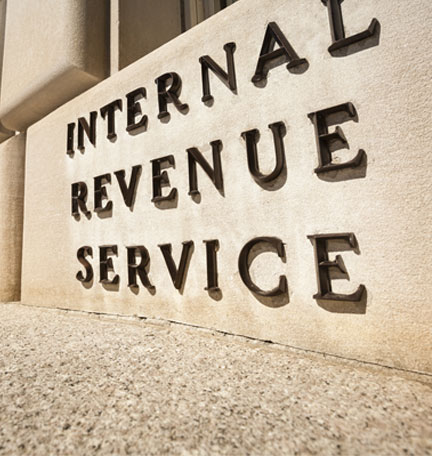Given REITs’ already strong run, investors are wise to be choosy when selecting from among them today.
There are many good reasons to include real estate investment trusts (REITs) in a portfolio. For one, REITs generally pay attractive dividend yields of at least 3 percent, appealing to income seekers in today’s low-interest-rate environment. Moreover, they provide a hedge against inflation because rents often rise with inflation and the earnings are passed along to shareholders. REITs have recovered nicely over the past three years, after losing nearly 40 percent in value during the financial crisis in 2008.
Look At Sectors
Certain types of REITs, such as apartment REITs, led the recovery, as more investors bet on a strengthening residential rental market. Consider exploring other types of REITs that have not bounced back as fully from the downturn — such as REITs that invest in warehouses and distribution centers.
Check The “Net Asset Value.”
Analysts assess whether REITs are over- or underpriced by looking at the net asset value per share, or estimates of what their property portfolios are worth after subtracting debt. Since 1994, the average net asset value per share has been around 7 percent.
Think Globally
More REITs are investing internationally. While this doesn’t necessarily mean they are generating better returns, it makes sense to take a worldwide approach with real estate investing opportunities, as you would with stocks and bonds.
Assessing IPOs
History shows that initial public offerings (IPOs) often fail to live up to their hype. A University of Florida finance professor who studied them over a 40-year period — 1970 to 2010 — found that the stock prices of IPOs underperformed those of similarly sized firms by an average 3.3 percent per year during their first five years.1 Moreover, two-thirds of the companies that went public in 2011 traded below their offer price by the end of that year, according to Dealogic. Before investing in an IPO, carefully assess the opportunity, so you feel confident it’s worth the offer price.
- Understand The Business
Do some research. How much market share does the company have? How does it make money? What’s the industry outlook? Does the management team seem solid? - Review The Balance Sheet
Cut through the hype and see if the company is financially solid. Check, for instance, whether the company is turning a profit — a good sign — and how much debt it carries compared to its revenue. You can find the company’s prospectus on EDGAR (www.sec.gov/edgar.shtml), the federal government’s database on publicly traded companies. If you’re planning a major IPO investment, consider using an IPO research service that can provide a more thorough analysis of the company and its fair value. - Consider The Risks
Research has shown that many IPOs lag major stock indices in the companies’ first few years, some trading significantly below their offer price.
1 Ritter, Jay R., “Returns On IPOs During The Five Years After Issuing, For IPOs From 1970 – 2010,” University Of Florida, 2012.











